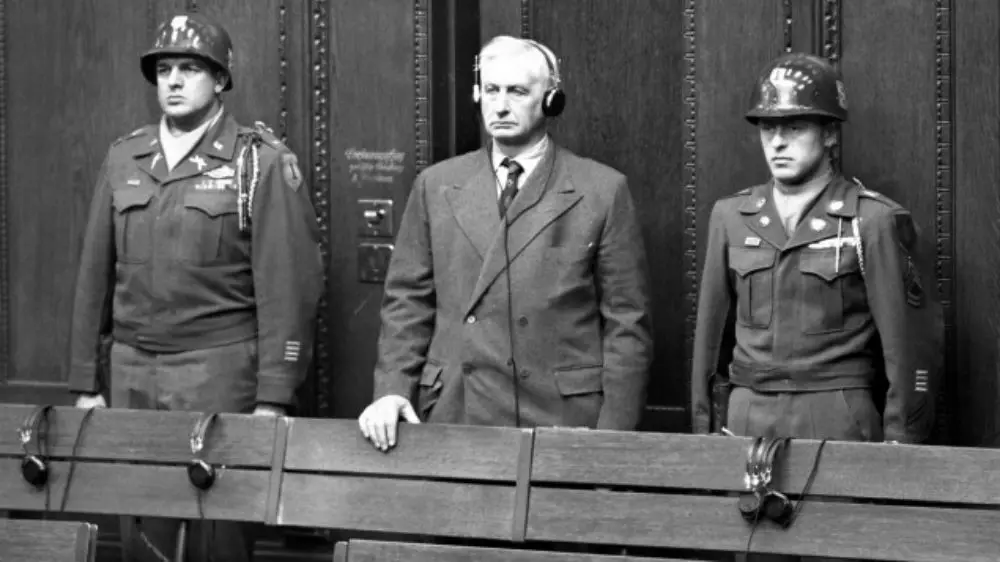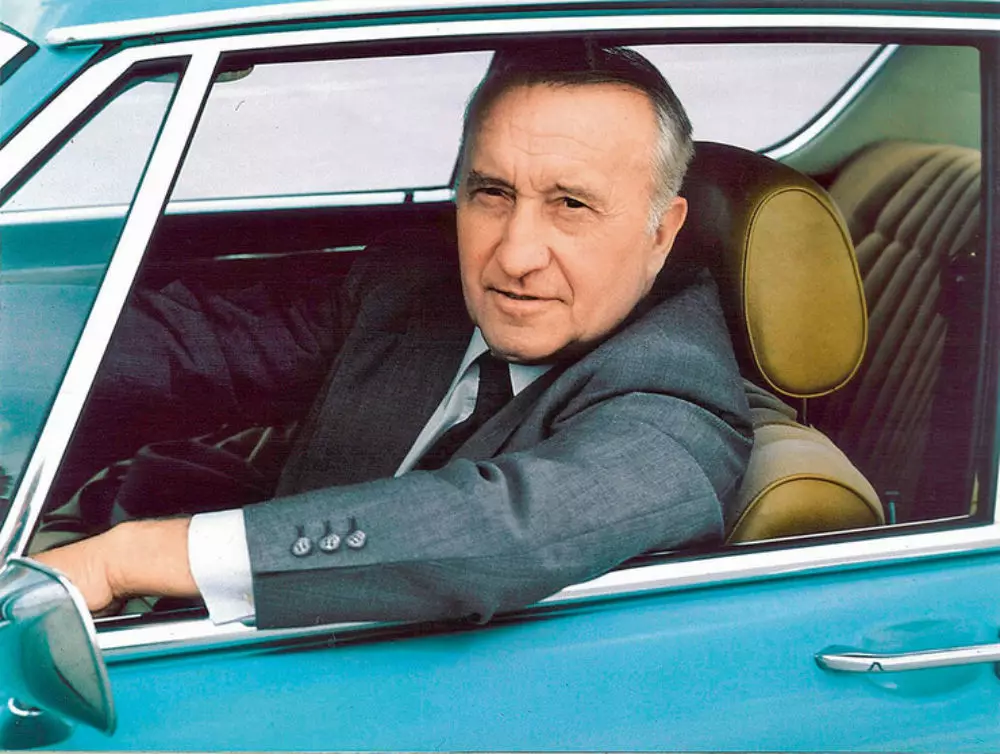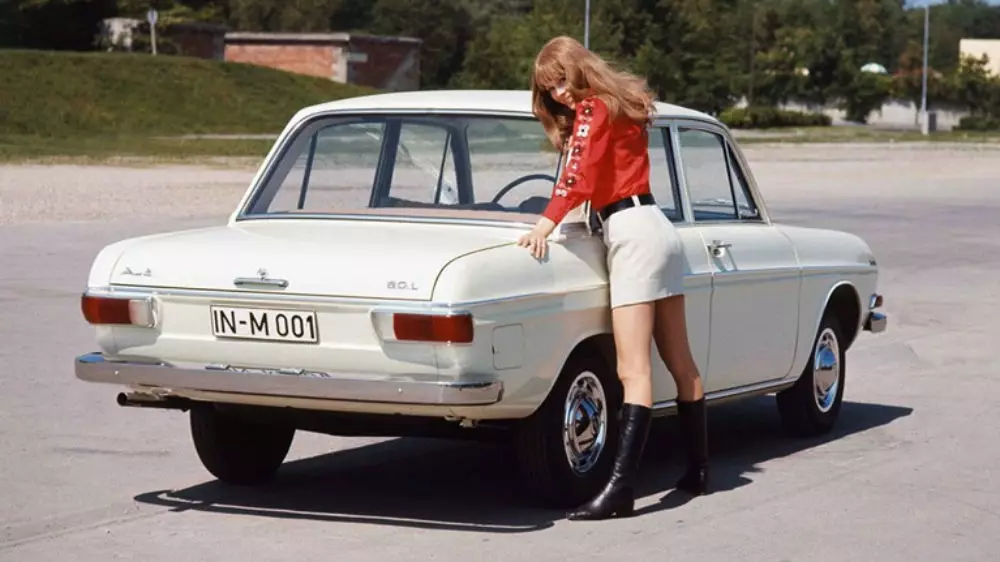It all happened 60 years ago, in the late 1950s, the two companies were still known by very different names — Daimler AG was then called Daimler-Benz, while Audi was still integrated into Auto Union.
After four exploratory meetings, it was on April 1st — no, that's not a lie … — 1958 that both the star brand executives and their counterparts in Ingolstadt reached an agreement to consummate the deal. Which would be done with the Stuttgart builder acquiring nearly 88% of the shares in Auto Union.
The (determinant) role of the Nazi industrial
At the head of the acquisition process was Friedrich Flick, a German industrialist who was tried, after the end of World War II, in Nuremberg, for collaboration with the Nazi regime, having even served seven years in prison. And that, holding at the time around 40% of both companies, he ended up playing a leading role in the merger. The businessman defended that the merger would create synergies and reduce costs in areas such as development and production — as true yesterday as today...

Just two weeks later, on April 14, 1958, the first meeting of the extended Board of Directors, responsible for the management of both Daimler-Benz and Auto Union, took place. In which, among other topics, the technical direction that each company should take was defined.
A little over a year completed, on December 21, 1959, the same Board of Directors decided to acquire the remaining shares of the Ingolstadt brand. Thus becoming the sole and total owner of the manufacturer that was born, in 1932, from the union of the brands Audi, DKW, Horch and Wanderer.
FOLLOW US ON YOUTUBE Subscribe to our channel
The entry into the scene of Ludwig Kraus
With the acquisition consummated, Daimler-Benz then decided to send Ludwig Kraus, responsible for design in the pre-development department at the Stuttgart constructor, along with a few more technicians, to Auto Union. Objective: to accelerate the development processes at the Ingolstadt factory and, at the same time, contribute towards facilitating the joint development of new models, in terms of engineering.

As a result of this effort, Kraus and his team would eventually be at the origin of the development of a new four-cylinder engine (M 118), which would be debuted in the Auto Union Audi Premiere, with internal code F103 . It was the first four-stroke-engined passenger vehicle launched by Auto Union after the end of World War II, as well as the first post-war model to be marketed under the Audi name.
The founder of Audi's modern vehicle program
A fundamental personality in what would be, from 1965, the Audi program of new vehicles, tasked with progressively replacing the three-cylinder DKW models — he was, moreover, responsible for mythical models such as the Audi 60/Super 90, the Audi 100, the Audi 80 or the Audi 50 (the future Volkswagen Polo) —, Ludwig Kraus would no longer return to Daimler-Benz.
He would remain in the four-ring brand, as director of New Vehicle Development, even after its purchase by the Volkswagen group — an acquisition that took place on January 1, 1965.

Acquisition that would take place, due to Daimler not being able to profit from Auto Union. And despite the huge investment in a new factory in Ingolstadt, as well as a 100% new model, which left the old-fashioned DKW two-stroke engines definitely in the past.
Moreover, it was already under the command of the then Volkswagenwerk GmbH that the merger between Auto Union and NSU Motorenwerke took place in 1969. Giving birth to Audi NSU Auto Union AG. That, finally, in 1985, it would become, just and only, Audi AG.
